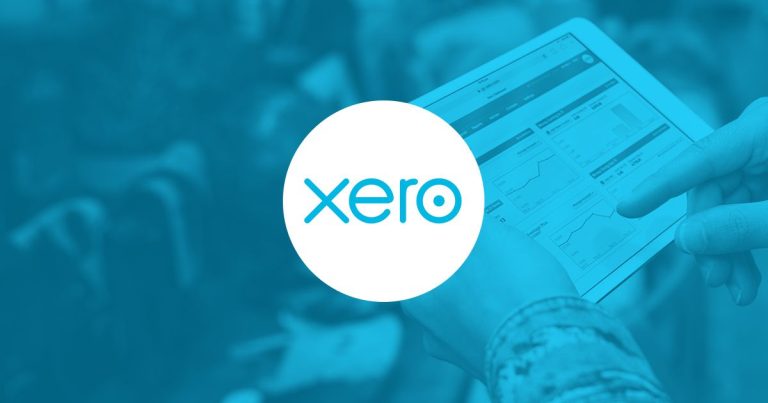When considering the sale of your business, it’s crucial to be well-versed in the intricacies of business valuation. One key aspect to consider is the Working Capital (WC) required in the company on the day of the sale. Any discrepancies between the target WC and the actual amount can impact the final sale price. Thus, adequate preparation and understanding of business valuation can ensure a successful negotiation and sale.
Negotiations between purchasers and sellers of businesses will usually centre around a company’s earnings (usually Earnings before interest, tax, depreciation and amortisation (EBITDA)), which are then multiplied by an agreed multiple with a value for the business. Purchasers usually require some normalised WC to be included in the company as part of this valuation. WC is crucial to the ongoing trading of the business and is an integral part of the assets that the purchaser expects to be on hand when he takes over.
When a business is sold, it is common for the valuation to be done because the purchase price is calculated on a “cash-free, debt-free” basis. This means that the valuation includes all the company’s assets except any cash in the company. The seller would then need to either pay all the cash out of the company before the settlement of the sale as a dividend so the assets do not include any cash. If excess cash were left in the company on settlement day, the price paid for the business would likely increase to consider the extra assets (ie cash) included in the balance sheet over an above the assets in the valuation.
Concerning “debt free, ” the purchaser is not taking over any loan liabilities (eg bank debt, lease liabilities, overdrafts or loans due to the owners) when he takes over the company. The company’s valuation was done on the basis that the seller would pay off those liabilities before the purchaser took over the company on settlement day. If there are debt liabilities on the balance sheet at the settlement date, they will need to be paid off by the seller before settlement, or the purchase price will be decreased to take this into account.
Please note debt does not include all the usual business liabilities like trade creditors, tax liabilities, superannuation and general liabilities. Employee provisions can be included in the WC calculation or left out depending on the negotiation and the purchaser’s intention on what employees he intends to take on.
So, this leads us to WC – what is WC, and what is the purchaser’s expectation on settlement day? Taking into account the “cash free debt free” basis of most company sales, the WC calculation will usually be:
- Current assets (not including cash-like assets) less;
- Current liabilities (not including any debt).
There will usually be a definition in the sale contract which sets out precisely what the WC includes. The contract will usually have what is commonly called a “target working capital”. This is the amount expected to be on the balance sheet at the date of settlement (keeping in mind there can sometimes be months between the date of exchange of contracts and the date of settlement). If the actual WC is lower than the target on the settlement date, then the difference will reduce the sale price. The difference will increase the sale price if the actual WC is higher than the target.
At the settlement date, there is a process commonly called a “true up” where the actual WC is calculated based on the formula set down in the sale contract, and the actual WC is compared to the “target” WC. Any differences between the actual and target WC will adjust the sale price.
WC can be vastly different for different companies. It is a complex negotiation to come up with the target WC. Businesses can have vastly different WC at different times of the year, so this must be considered when putting the methodology together in the contract. Sometimes, a 12-month average is used to create an average WC as a “target”. There is also a possibility of negative WC. This can be where businesses sell for cash upfront or get paid on short terms while paying for the stock on longer terms with their suppliers. This must be considered when working out what a target WC should be.
There is no perfect answer regarding working capital; every deal is different. The above discussion gives you some background on the issues you should be buying or selling a business, particularly if you are acquiring the company that owns the business rather than buying the business out of the company.
If you are planning to buy or sell a business in the near future, make sure you talk to us first to look at your specific circumstances.
Kreston Stanley Williamson
Author – Michael Goodrick
*Correct as of 3 February 2022
*Disclaimer – this article has been produced by Kreston Stanley Williamson as a service to its clients and associates. The information contained in the article is of general comment only and is not intended to be advice on any particular matter. Before acting on any areas in this article, you must seek specific advice relating to your particular circumstances. Liability is limited by a scheme approved under professional standards legislation.














